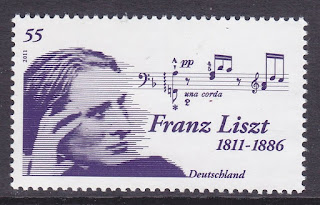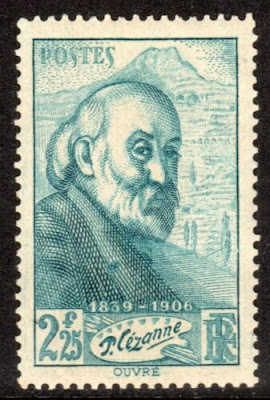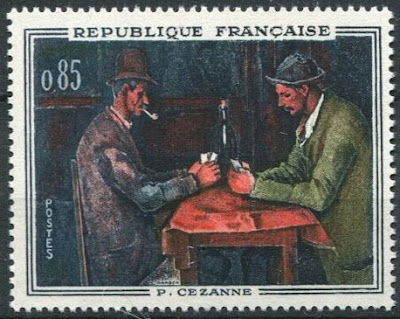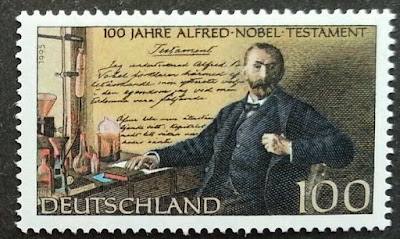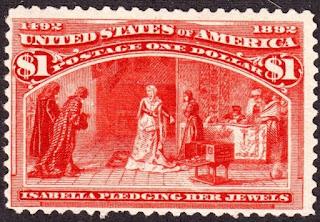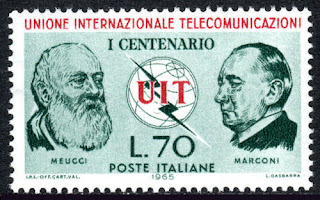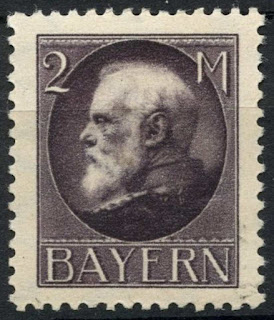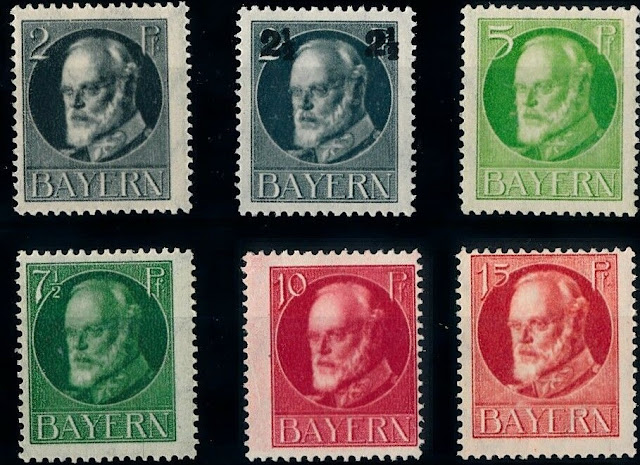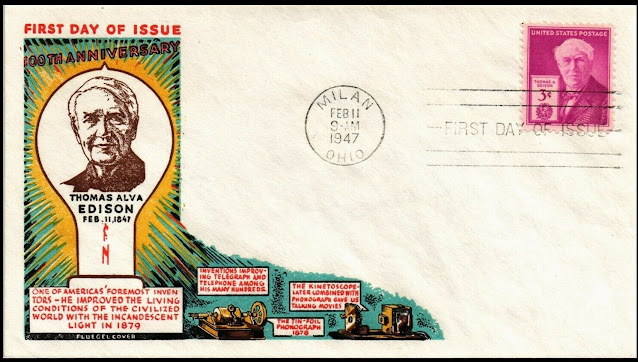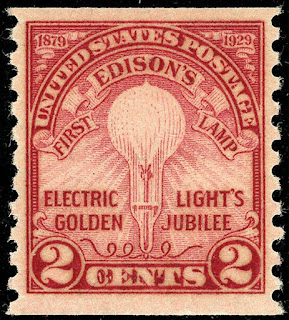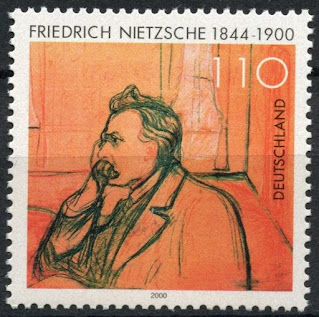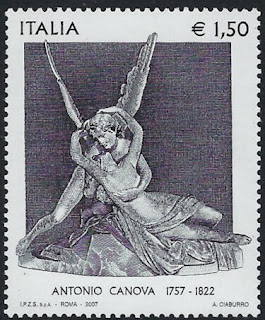Here are some events that happened on October 22nd. It could be an event or a person that died or was born on that day
1811 Born: Franz Liszt, Hungarian pianist and composer (d. 1886)
Franz Liszt (22 October 1811 – 31 July 1886) was a Hungarian composer, virtuoso pianist, conductor, music teacher, arranger, and organist of the Romantic era. He was also a writer, a philanthropist, a Hungarian nationalist and a Franciscan tertiary.
Liszt gained renown in Europe during the early nineteenth century for his prodigious virtuosic skill as a pianist. He was a friend, musical promoter and benefactor to many composers of his time, including Frédéric Chopin, Richard Wagner, Hector Berlioz, Robert Schumann, Camille Saint-Saëns, Edvard Grieg, Ole Bull, Joachim Raff, Mikhail Glinka, and Alexander Borodin.
A prolific composer, Liszt was one of the most prominent representatives of the New German School (Neudeutsche Schule). He left behind an extensive and diverse body of work which influenced his forward-looking contemporaries and anticipated 20th-century ideas and trends. Among Liszt's musical contributions were the symphonic poem, developing thematic transformation as part of his experiments in musical form, and radical innovations in harmony.
Stamps from various countries depicting Franz Liszt
1859 Died: Louis Spohr, German violinist and composer (b. 1784)
Louis Spohr (5 April 1784 – 22 October 1859), baptized Ludewig Spohr, later often in the modern German form of the name Ludwig, was a German composer, violinist and conductor. Highly regarded during his lifetime, Spohr composed ten symphonies, ten operas, eighteen violin concerti, four clarinet concerti, four oratorios, and various works for small ensemble, chamber music, and art songs. Spohr invented the violin chinrest and the orchestral rehearsal mark. His output occupies a pivotal position between Classicism and Romanticism, but fell into obscurity following his death, when his music was rarely heard. The late 20th century saw a revival of interest in his oeuvre, especially in Europe.
Though obscure today, Spohr's operas Faust (1816), Zemire und Azor (1819) and Jessonda (1823) remained in the popular repertoire through the 19th century and well into the 20th, when Jessonda was banned by the Nazis because it depicted a European hero in love with an Indian princess. Spohr also wrote 105 songs and duets, many of them collected as Deutsche Lieder (German Songs), as well as a mass and other choral works. Most of his operas were little known outside of Germany, but his oratorios, particularly Die letzten Dinge (1825–1826) were greatly admired during the 19th century in England and America. This oratorio was translated by Edward Taylor (1784–1863) and performed as The Last Judgment in 1830 for the first time. During the Victorian era Gilbert and Sullivan mentioned him in act 2 of The Mikado in a song by the title character.
Spohr, with his eighteen violin concertos, won a conspicuous place in the musical literature of the nineteenth century. He endeavored (without any good result) to make the concerto a substantial and superior composition free from the artificial bravura of the time. He achieved a new romantic mode of expression. The weaker sides of Spohr’s violin compositions are observed in his somewhat monotonous rhythmic structures; in his rejection of certain piquant bowing styles, and artificial harmonics; and in the deficiency of contrapuntal textures.
Spohr was a noted violinist, and invented the violin chinrest, about 1820. He was also a significant conductor, being one of the first to use a baton and also inventing rehearsal letters, which are placed periodically throughout a piece of sheet music so that a conductor may save time by asking the orchestra or singers to start playing "from letter C", for example.
In addition to musical works, Spohr is remembered particularly for his Violinschule (The Violin School), a treatise on violin playing which codified many of the latest advances in violin technique, such as the use of spiccato. It became a standard work of instruction. In addition, he wrote an entertaining and informative autobiography, published posthumously in 1860. A museum is devoted to his memory in Kassel.
German stamp depicting Louis Spohr
1906 Died: Paul Cézanne, French painter (b. 1839)
Paul Cézanne (19 January 1839 – 22 October 1906) was a French artist and Post-Impressionist painter whose work laid the foundations of the transition from the 19th-century conception of artistic endeavor to a new and radically different world of art in the 20th century.
Cézanne is said to have formed the bridge between late 19th-century Impressionism and the early 20th century's new line of artistic enquiry, Cubism. Cézanne's often repetitive, exploratory brushstrokes are highly characteristic and clearly recognizable. He used planes of colour and small brushstrokes that build up to form complex fields. The paintings convey Cézanne's intense study of his subjects. Both Matisse and Picasso are said to have remarked that Cézanne "is the father of us all".
Cézanne's works were rejected numerous times by the official Salon in Paris and ridiculed by art critics when exhibited with the Impressionists. Yet during his lifetime Cézanne was considered a master by younger artists who visited his studio in Aix.
Along with the work of Vincent van Gogh and Paul Gauguin, the work of Cézanne, with its sense of immediacy and incompletion, critically influenced Matisse and others prior to Fauvism and Expressionism. After Cézanne died in 1906, his paintings were exhibited in a large museum-like retrospective in Paris, September 1907. The 1907 Cézanne retrospective at the Salon d'Automne greatly affected the direction that the avant-garde in Paris took, lending credence to his position as one of the most influential artists of the 19th century and to the advent of Cubism.
Inspired by Cézanne, Albert Gleizes and Jean Metzinger wrote:
Cézanne is one of the greatest of those who changed the course of art history . . . From him we have learned that to alter the coloring of an object is to alter its structure. His work proves without doubt that painting is not—or not any longer—the art of imitating an object by lines and colors, but of giving plastic form to our nature. (Du "Cubisme", 1912)
Ernest Hemingway compared his writing to Cézanne’s landscapes. As he describes in A Moveable Feast, I was "learning something from the painting of Cezanne that made writing simple true sentences far from enough to make the stories have the dimensions that I was trying to put in them."
Cézanne's explorations of geometric simplification and optical phenomena inspired Picasso, Braque, Metzinger, Gleizes, Gris and others to experiment with ever more complex views of the same subject and eventually to the fracturing of form. Cézanne thus sparked one of the most revolutionary areas of artistic enquiry of the 20th century, one which was to affect profoundly the development of modern art. Picasso referred to Cézanne as "the father of us all" and claimed him as "my one and only master!" Other painters such as Edgar Degas, Pierre-Auguste Renoir, Paul Gauguin, Kasimir Malevich, Georges Rouault, Paul Klee, and Henri Matisse acknowledged Cézanne's genius.
Cézanne's painting The Boy in the Red Vest was stolen from a Swiss museum in 2008. It was recovered in a Serbian police raid in 2012.
Stamps from France depicting Paul Cézanne or his works

